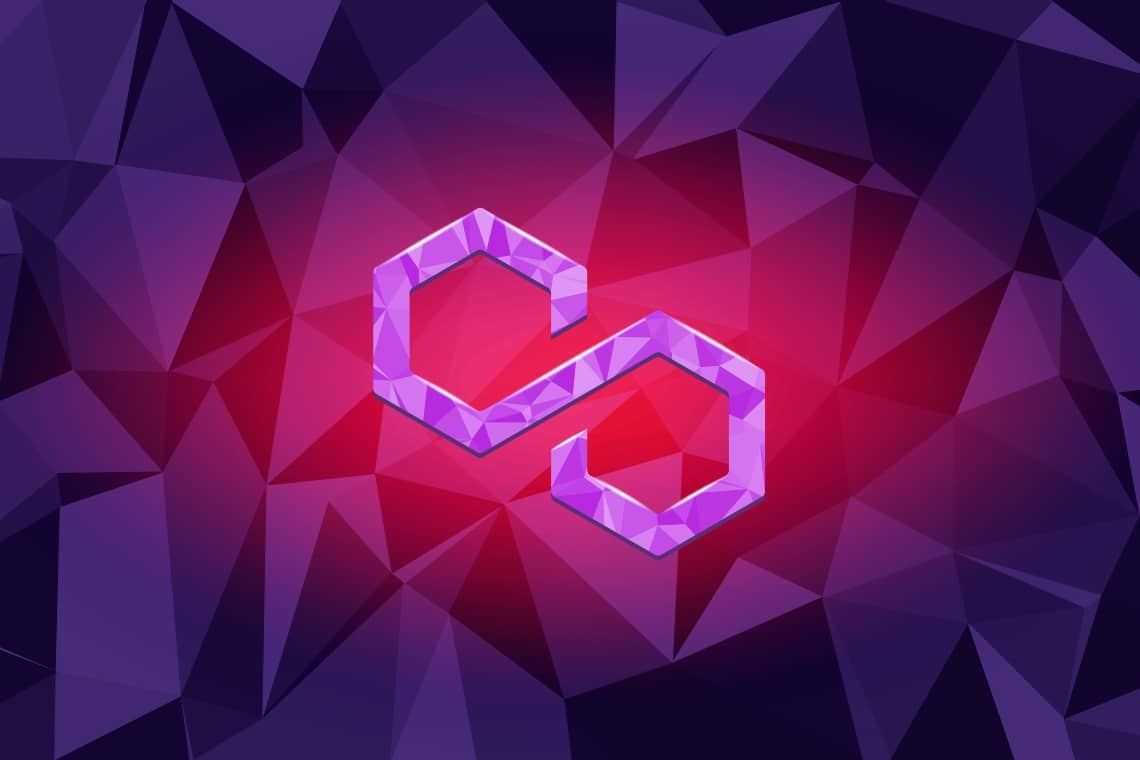The layer 2 network Polygon announced that it will undergo a hardfork upgrade on 17 January to increase its performance and also reduce gas spikes.
In the article we will try to explain what a hardfork is and why the Polygon network decided to undergo such a performance upgrade.
Summary
What is a hardfork and why did Polygon decide to undergo such an upgrade?
A hardfork is a major protocol upgrade that makes it mandatory for all users to switch to new software.
Unlike a softfork, in the hardfork there is a change in the cryptocurrency code, which makes the new version incompatible with previous versions. After the upgrade, the user can choose to use the new version of the software or use the previous one.
Hardforks are not always premeditated. In fact, it can also happen accidentally, through a correction of some error in the software code. In the case of Polygon we are talking about a premeditated hardfork, because the network decided to create a new protocol proposal by applying a new version of the code.
Hardforks can give rise to two types of chains (the original and the new one) giving rise to two different networks and cryptocurrencies. Just look at the example of Bitcoin and Bitcoin Cash, one of the most famous hardforks.
The proposed hardfork by Polygon, has very specific goals, in fact the company’s intent is to reduce spikes in network gas rates and reorganize the chain of network addresses.
The importance of a network like Polygon, which has become increasingly important in the industry over the years, coming to be the leading destination for dApps, drives it to grow more and more.
These are the motivations that push Polygon to grow more and more, even with this kind of update.
Thus from Polygon’s website, the network’s executives express themselves:
“Below, we will take a closer look at the proposed hardfork changes and why they might be important to users, validators, and developers. We’ve also outlined FAQs to help answer any burning questions about what the potential updates mean.”
The company’s expectations for the update that will reduce gas prices are indeed high:
“By increasing the denominator from 8 to 16, the growth curve can be flattened. These results were back-tested against historical data from the Polygon PoS mainnet. The rate of change in the gas base rate is expected to fall to 6.25 percent (100/16) from the current 12.5 percent (100/8) in an attempt to smooth out the large fluctuations in gas prices. Although gas will still rise during peak demand, it will be more in line with the way Ethereum’s gas dynamics work now. The goal is to smooth out the spikes and provide a smoother experience when interacting with the chain.”
What is more problematic, however, is the issue regarding chain reorganizations.
Typically, reorganizations can occur due to network errors or malicious attacks, causing the blockchain network to split into two blocks. This can lead to lost or duplicate transactions throughout the reorganization.
Mateusz Rzeszowski, Polygon’s governance facilitator, came up with a solution to the problem:
“One of the ways identified to mitigate the problem is to reduce the sprint length from the current 64 blocks to 16 blocks.”
Polygon is preparing to change radically, from 17 January it will update itself through a hardfork, with the aim of making itself even more relevant and up-to-date with the present.
In addition, Polygon has invited the entire community to have their say. Encouraging anyone to ask questions on the issue to receive more detailed answers. All the details of the update will be shared and everything will be done in full transparency.
Here’s why some NFTs are moving to Ethereum layer 2
The Cryptonomist has already covered the event that led to the switch of y00ts, one of the most prominent NFTs in the Solana chain, directly on Polygon. The reasons why this event happened were revealed, and it was not what we thought.
The concerns were related to Solana’s health status, which seemed to have really taken a hit from FTX. In addition, the loss of two of his most important NFT projects had everyone worried.
But the reality was revealed, for apparently behind y00ts’ move to Polygon, there was substantial funding started by the platform. In fact, the platform appears to have contributed about $3 million to y00ts’ project. This seems to be good news for Solana and its users, because the platform was for all intents and purposes abandoned for money and not because of its status.
Frank III, y00ts NFT project manager, spoke thus:
“DeLabs has received $3 million in funding (no equity) from Polygon to help expand DeLabs and to start new projects and begin scaling up the incubator we are building, which will allow you to spend y00tpoints and DePoint to undermine our incubator’s NFT collections.”
Polygon has been carrying out a strategy to take the most important project away from Solana. It made it look like the blow Solana received because of FTX seemed more serious than it already is. We will see if Solana carries out a counter-strategy in the coming days, probably on other projects.
Polygon seems intent on playing it really hard for 2023. Between upgrading through hardfork to reduce gas spikes and anti-competition strategies, it seems poised to revolutionize.
Many companies are gearing up for big things, Polygon is no different. Anti-competition strategies highlight that the market is rising again, stronger than before and more aggressive.




